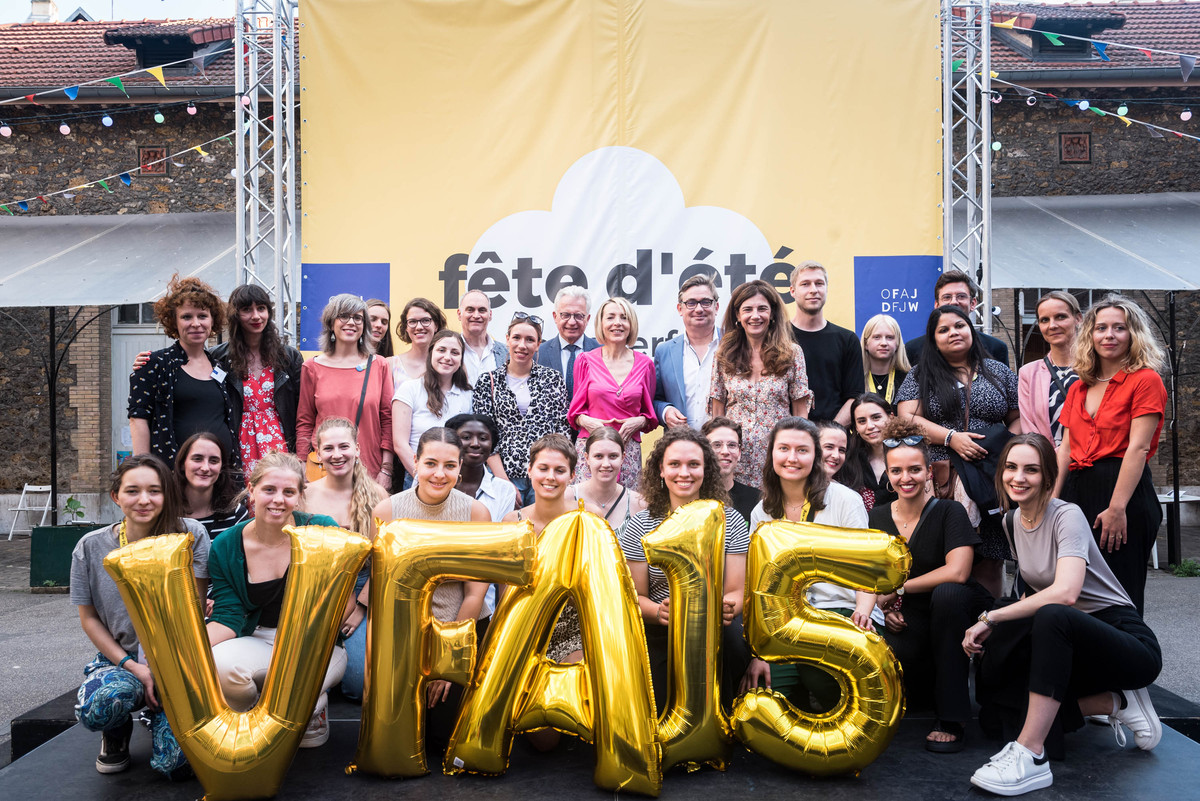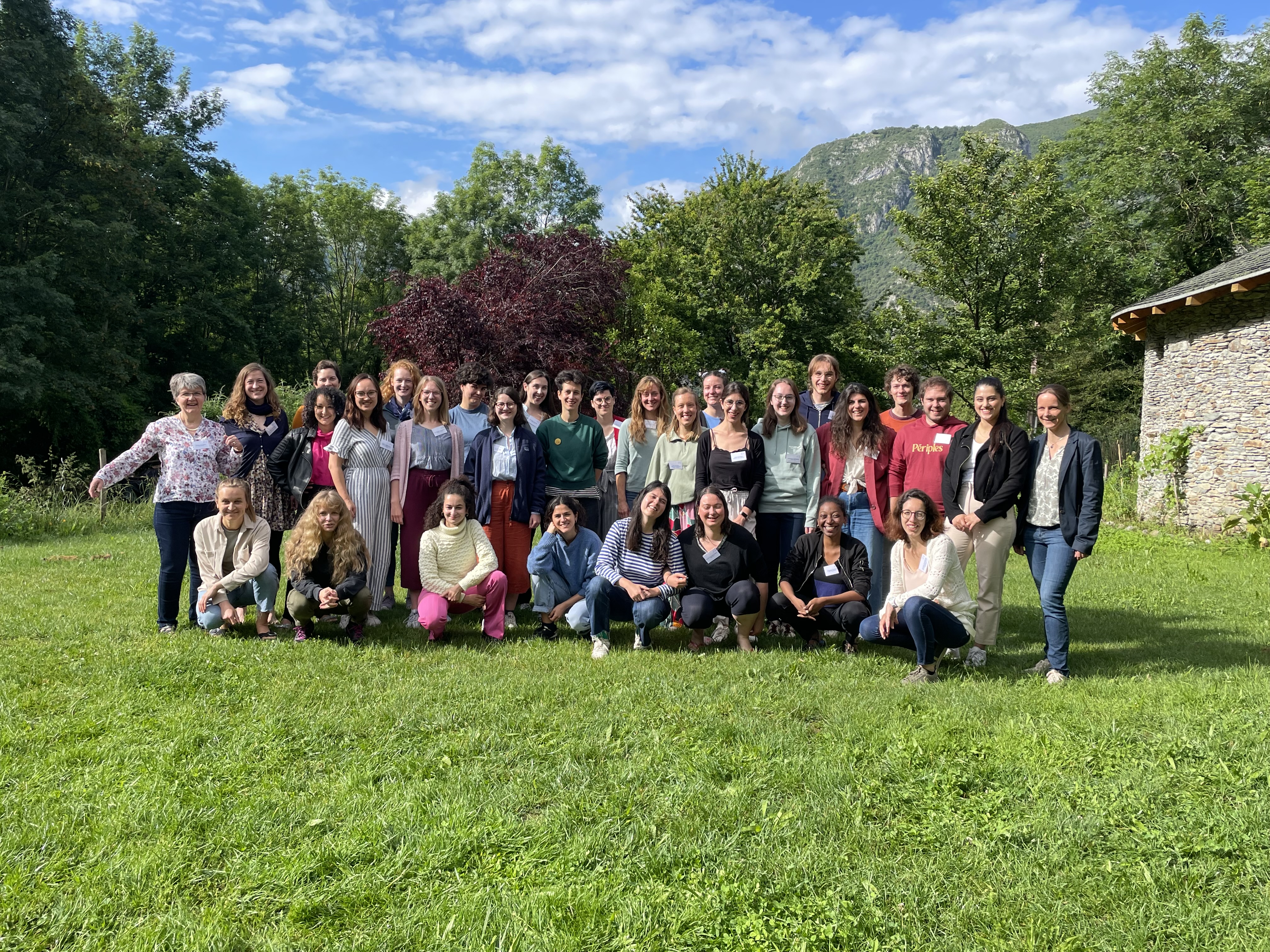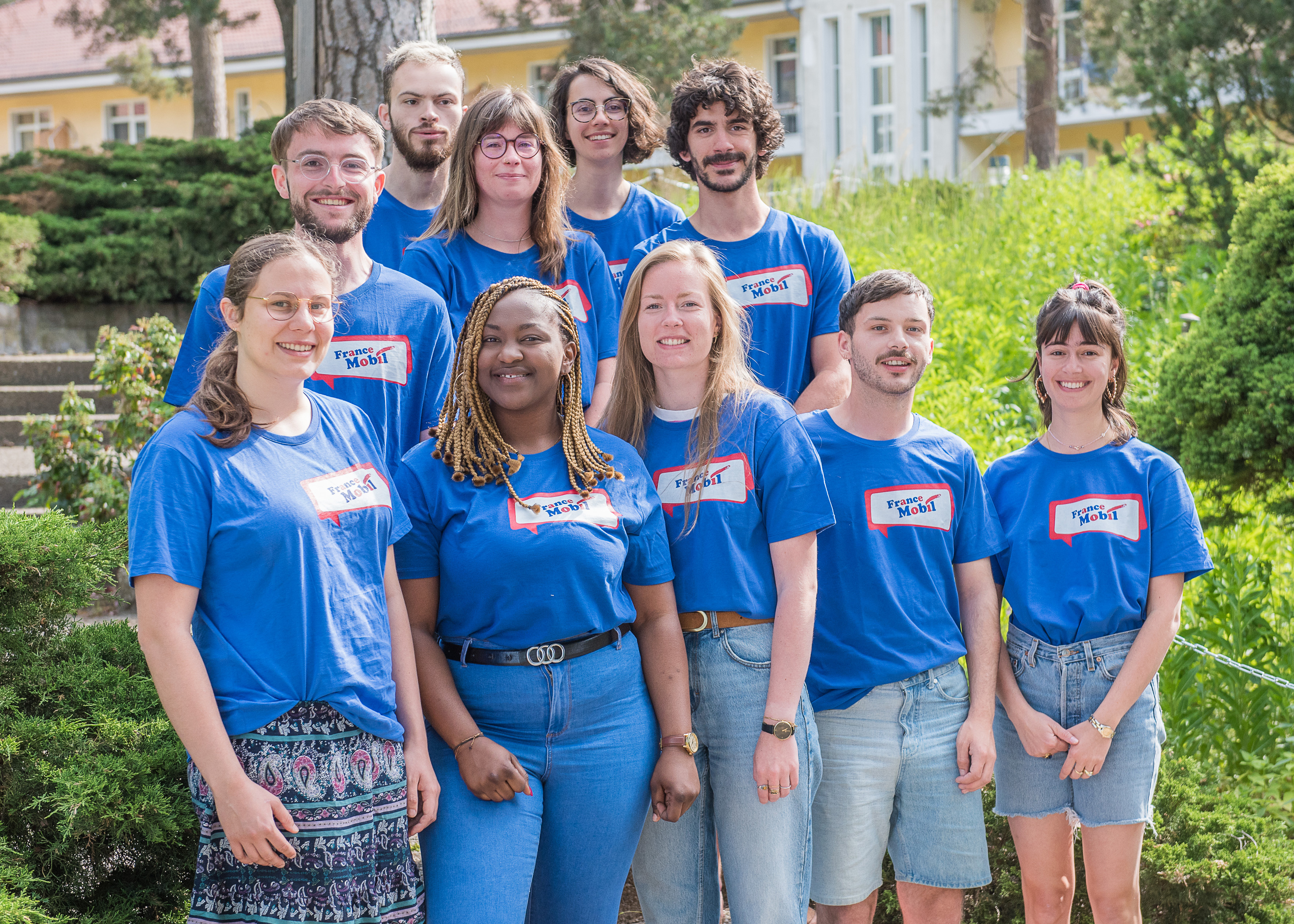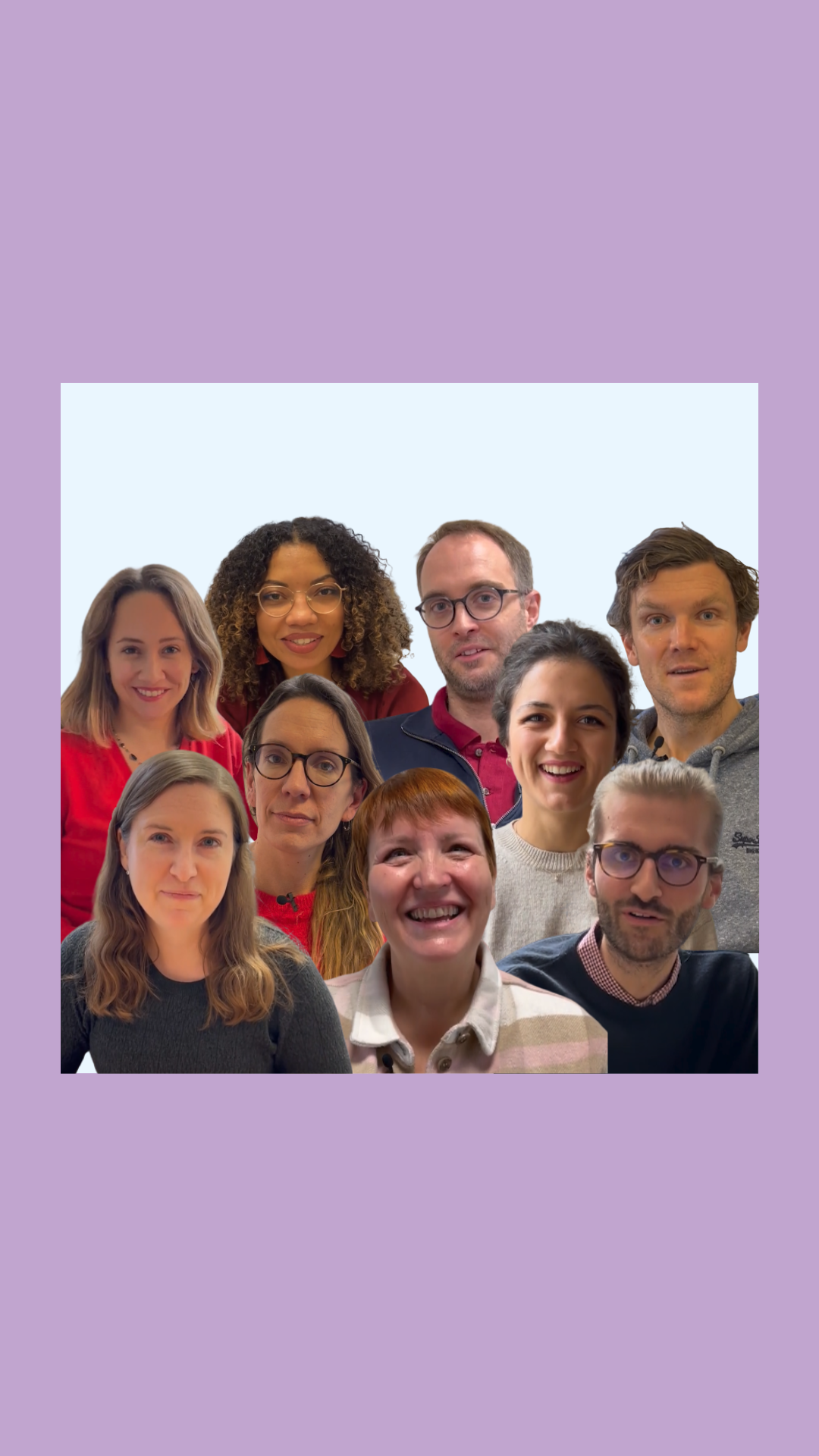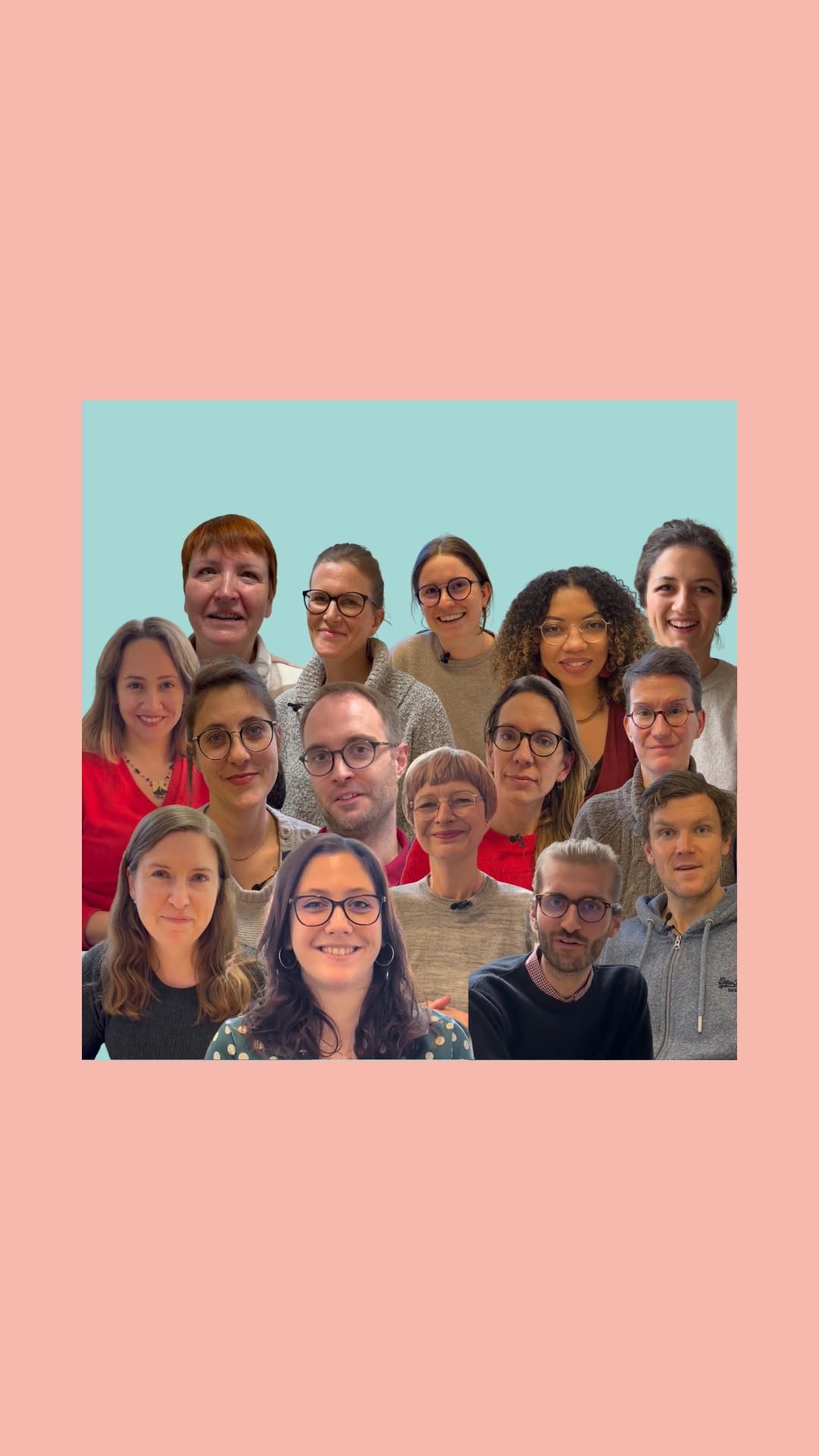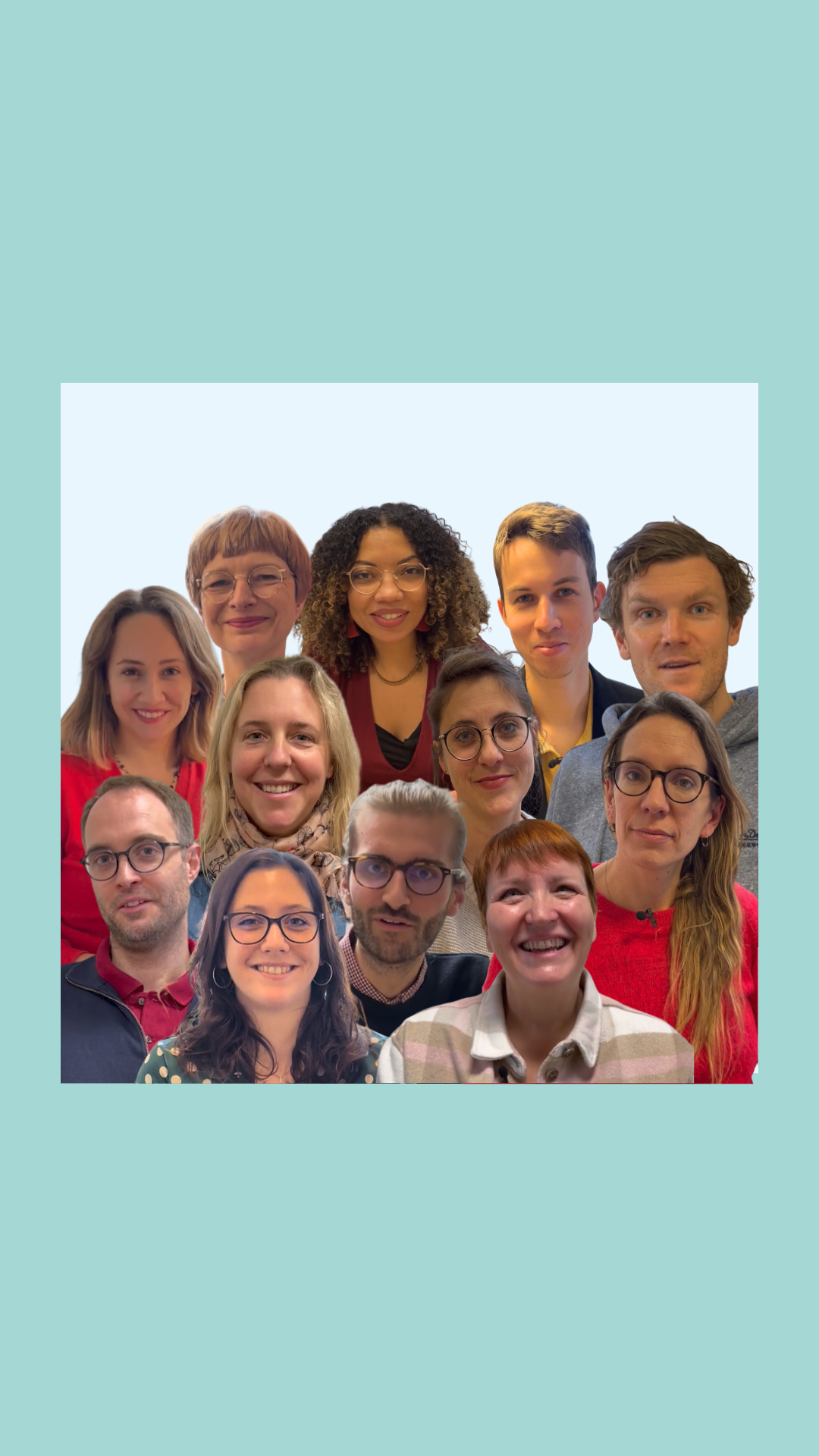Une offre très populaire
Vous souhaitez vivre une véritable immersion dans la culture allemande ? Vous trouverez le programme qui vous correspond auprès de l’OFAJ. Des cours de langue pour enfants aux échanges scolaires en passant par des séjours de plusieurs mois à l’étranger : l’OFAJ soutient une grande diversité de programmes qui s’adressent à tous les jeunes.

Créer un compte

- Accédez directement aux informations qui vous intéressent grâce à un contenu personnalisé.
- Publiez et gérez vos petites annonces pour rechercher une correspondante ou un correspondant, une organisation ou un établissement partenaire, un emploi, un stage, des collaboratrices et collaborateurs ou un logement dans le cadre de votre séjour d’échange.
- Gardez un œil sur vos contenus préférés depuis votre liste de favoris.
À la une
5e édition du Battle « Ladies All Stylz »
Le 14 avril 2024, l’association Premier Acte – CROSS C a organisé au Ground Control la finale du Battle de danse hip-hop Ladies All Stylz 100% féminin, un événement labellisé Olympiade Culturelle et soutenu par l’OFAJ pour la seconde fois.
Publié : 12.04.2024
Événement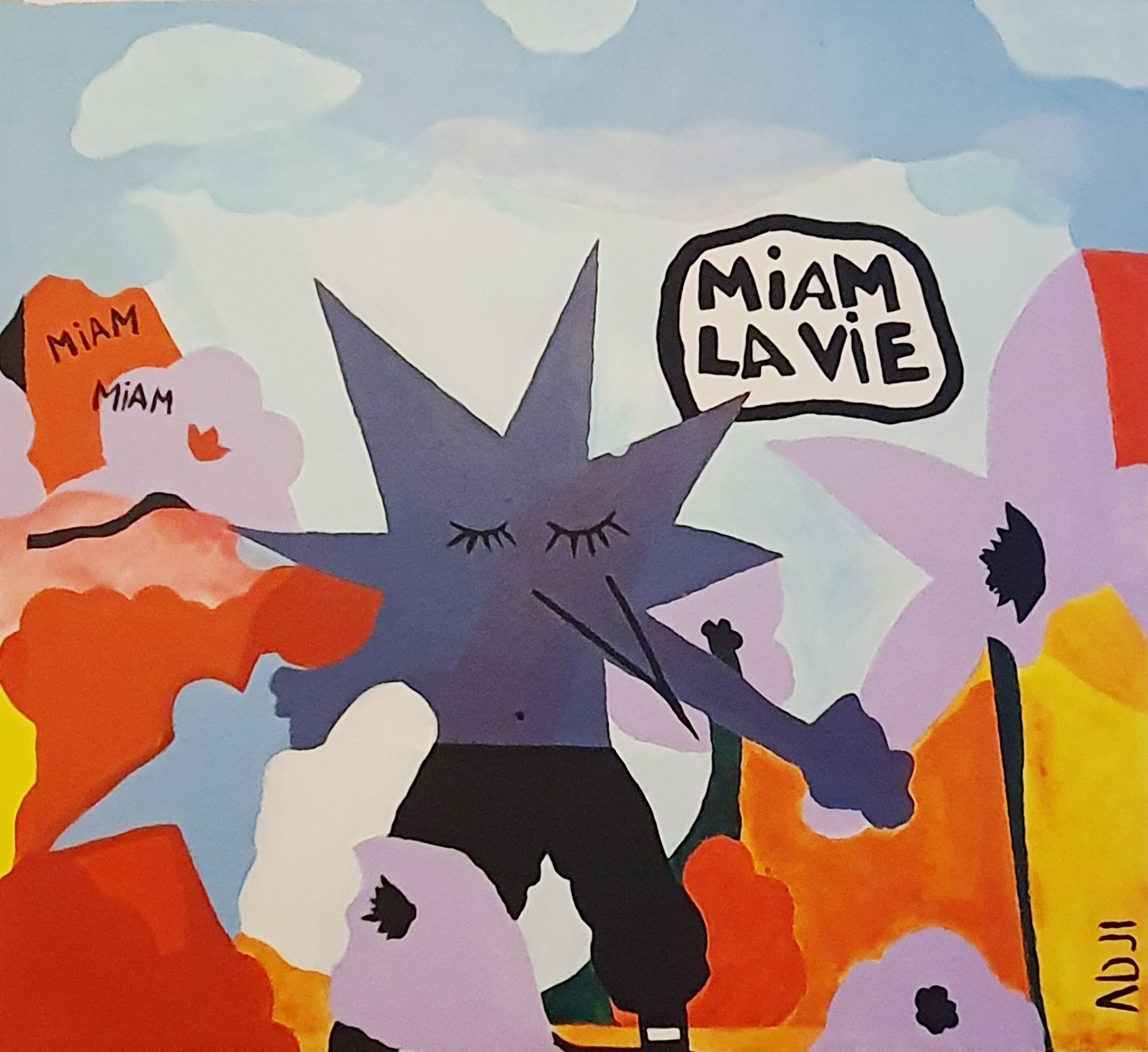
L'art et la transmission pour créer de l'espoir
Publié : 02.04.2024
Blog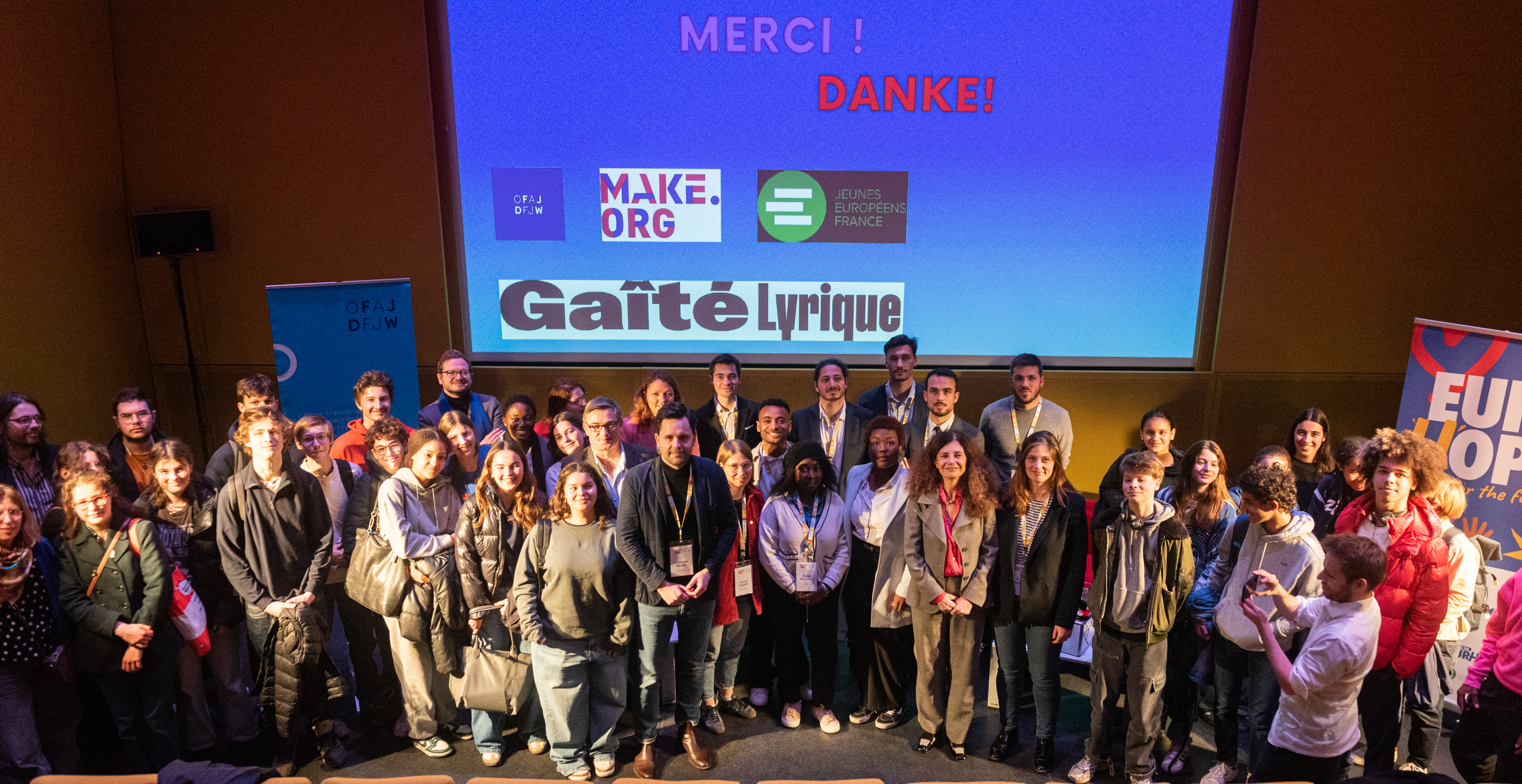
Europe 2024 – et la jeunesse ?
À l’aube des élections européennes, ce 2 avril 2024, des représentantes et représentants de différents mouvements de jeunesse politiques en France et en Allemagne ainsi qu’une centaine de jeunes se sont donnés rendez-vous à la Gaîté Lyrique, à Paris, pour...
Publié : 03.04.2024
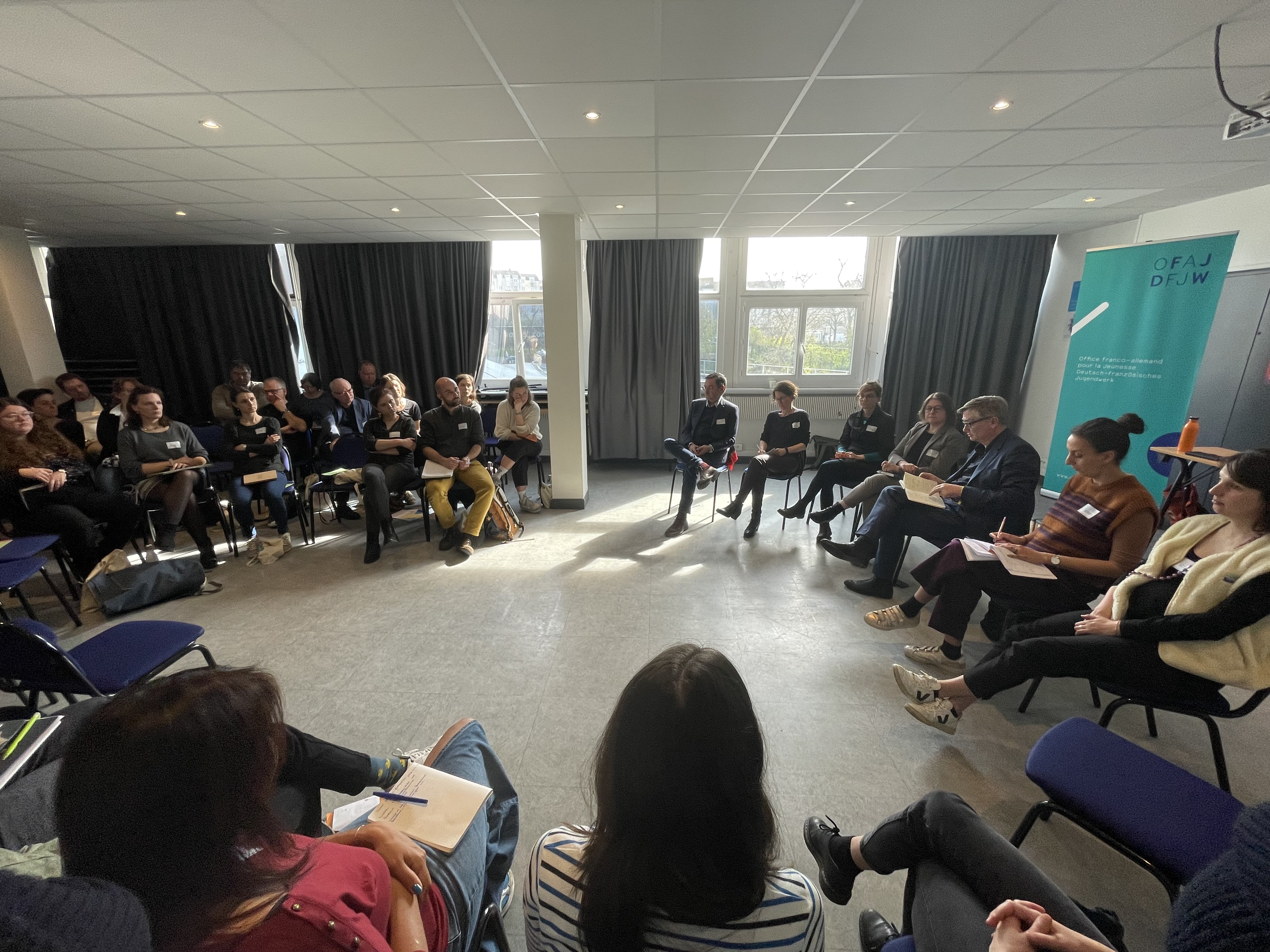
Réunion de printemps 2024 des Permanentes et Permanents pédagogiques de l’OFAJ !
Le réseau des Permanentes et Permanents pédagogiques de l’OFAJ s’est réuni les 21 et 22 mars 2024 à Paris. Les défis de l’avenir des échanges franco-allemands de jeunes ont occupé une place centrale au cours de la rencontre.
Publié : 03.04.2024
Réseaux de l'OFAJ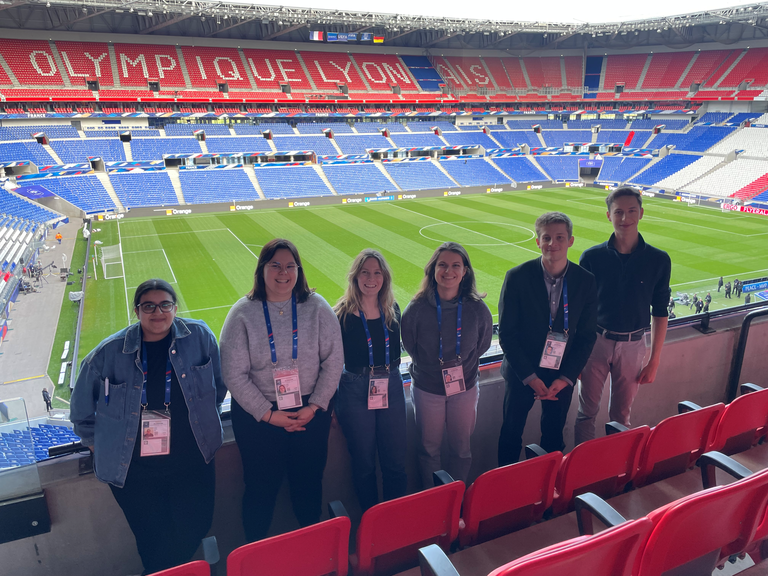
Coup d’envoi pour le programme de volontaires franco-allemand lors de l’UEFA EURO 2024 en Allemagne
Formation des jeunes volontaires et rencontre entre les dirigeants de l’OFAJ, FFF et DFB
Publié : 28.03.2024
ÉvénementProchains évènements
Fête de l'Europe
Venez nombreux nous retrouver sur notre stand !
- 04 mai 2024
- Paris, parvis de l'Hôtel de Ville
Stade-Europe-Festival
Infos et jeux avec quiz sur l'Europe entre autres Sport et mouvement : Baby-foot humain, tir au but Programme scénique : musique live avec Ezé et Die...
- 14 mai 2024
- Dresde
Webinaire - Aborder les élections européennes en classe
Inscrivez-vous
- 15 mai 2024
- En ligne








